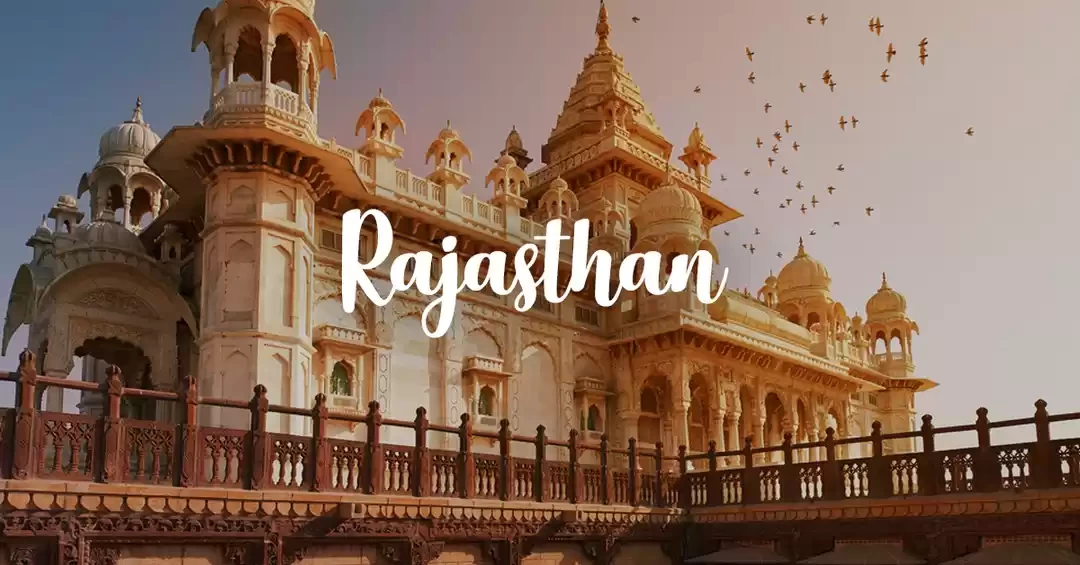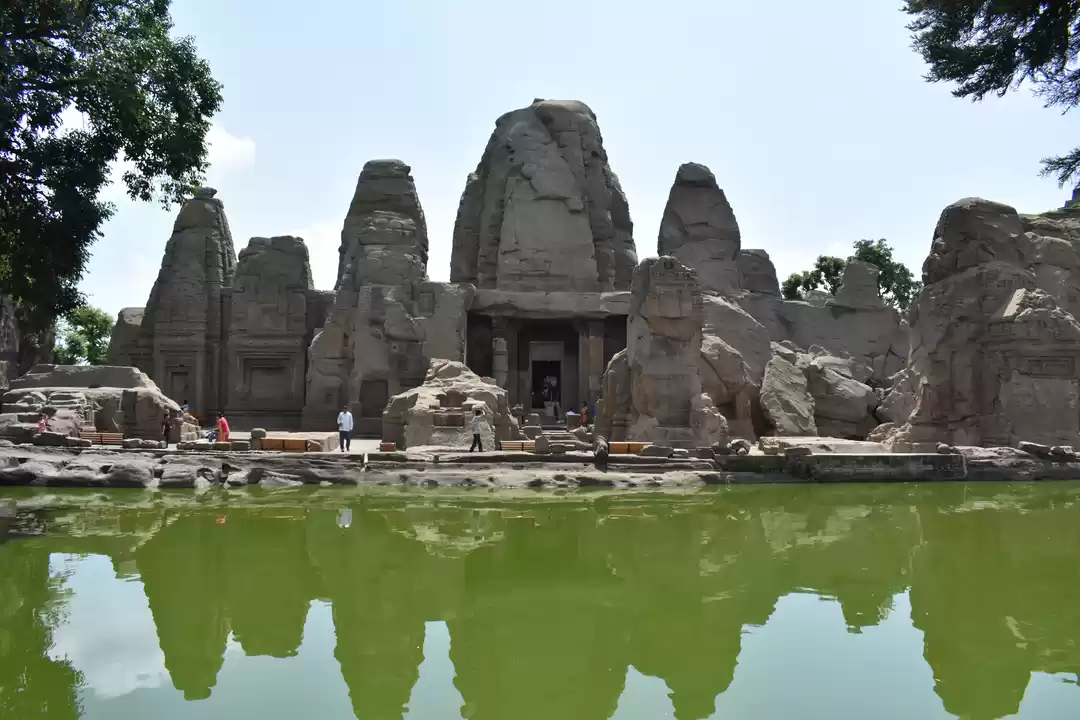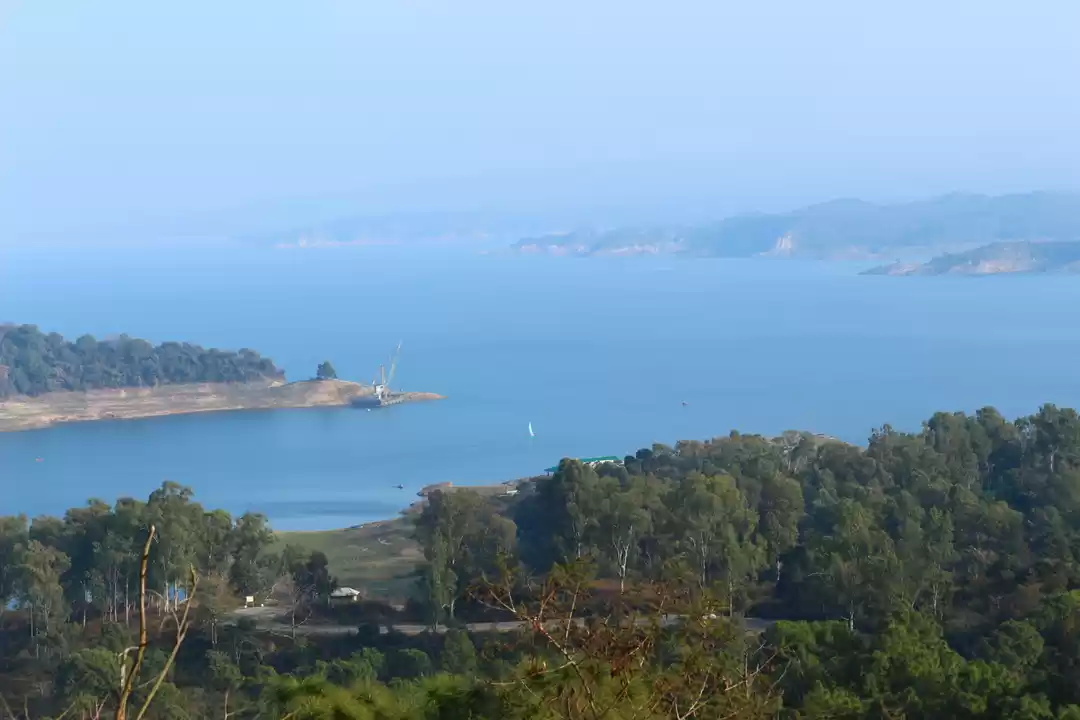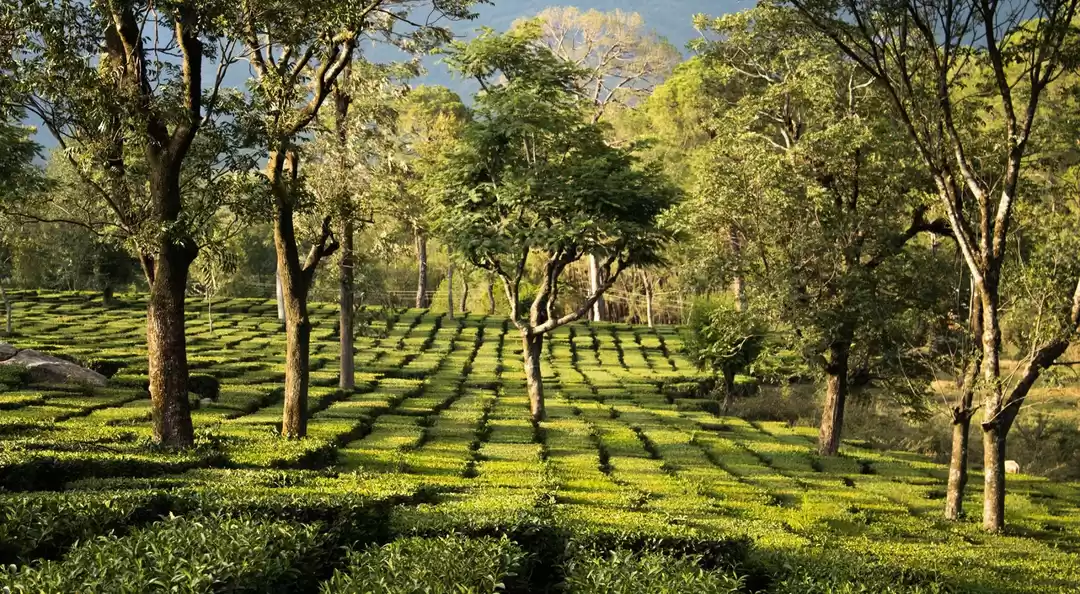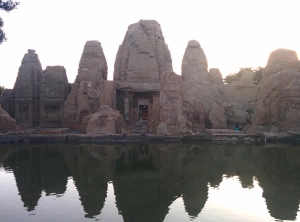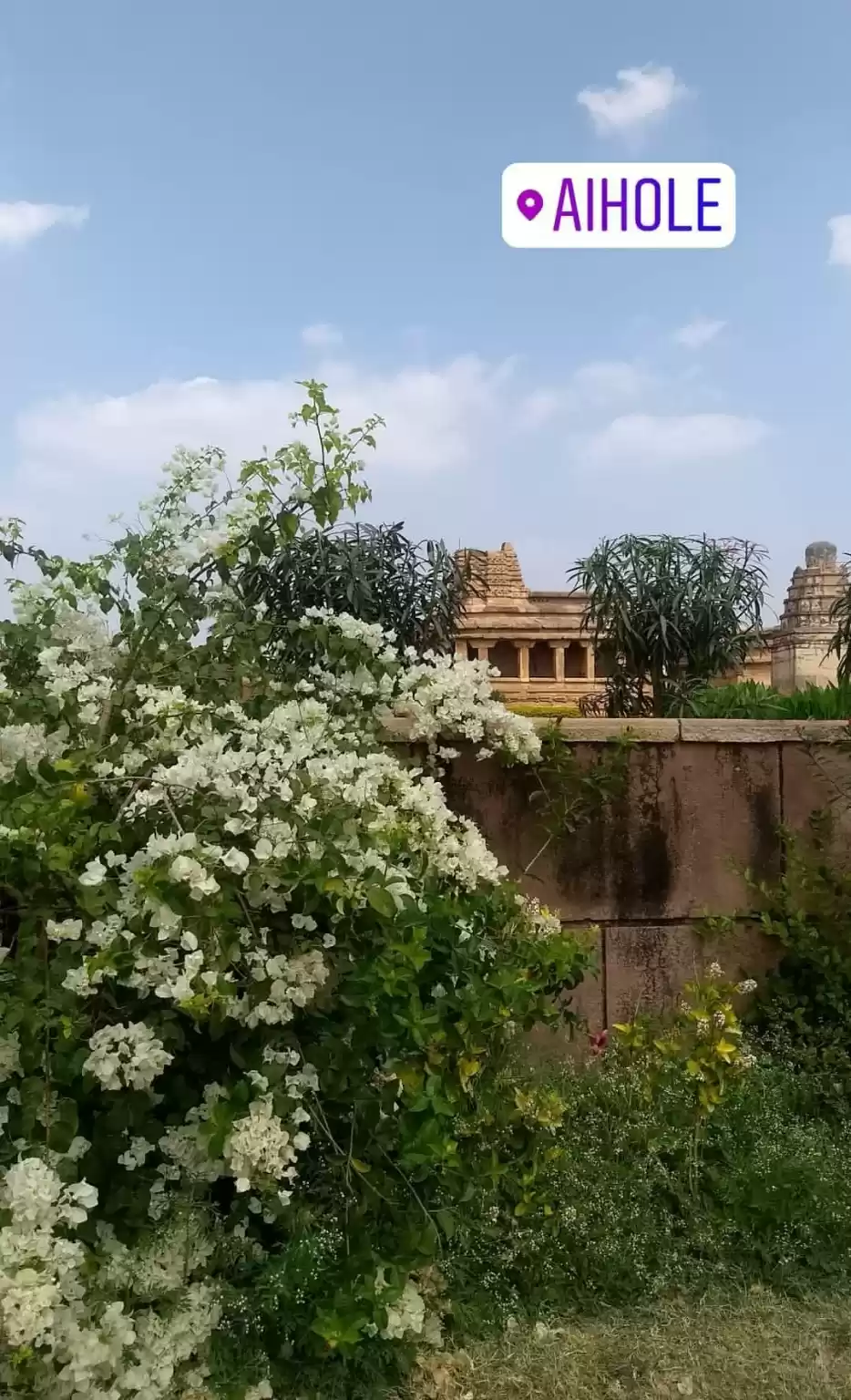
Overview
The Masroor Rock Cut Temple, famously known as the Ellora of Himachal and the Himalayan Pyramids, is a pair of 15 rock-cut monuments carved from a single rock. It’s located at 2535 ft above sea level near Kangra Valley, on the banks of the River Beas, in the Kangra District of Himachal Pradesh, India. The Masroor Temples, also referred to as Masrur Temples or Rock-cut Temples of Masrur, is an early 8th-century complex of rock-cut Hindu temples facing northeast towards the Dhauladhar range of the Himalayas that is currently in ruins. As a result of rock-cut architecture, caves were carved out of hills thousands of years ago. There’s a rock-cut monolithic temple complex in Mahabalipuram (Tamil Nadu), attributed to King Mahendravarman-I in the late 7th century CE, with five chariot-shaped structures carved from a single monolithic granite boulder. The Barabar caves in modern Bihar are considered the earliest rock-cut architecture that dates back to the 3rd century BCE. However, Rock-Cut architecture is not commonly found in the Northern part of India because most of its temples follow Nagara Style architecture. The Nagara style is distinct from the Cave temples and the Dravidian style architecture concerning the spatial layout, form, and masonry construction. The Nagara style of temples is mostly masonry construction in bricks or stone, while rock-cut temples are mostly cave temples. Although much of Masroor’s temple’s sculptures and reliefs have disappeared, the iconography of the temple complex remains. Experts believe the structure was part of a larger construction plan that was left incomplete, currently under study. A visit to this place would be a great idea when you are in or around Dharamshala-McLeodGang or Kangra town in Himachal Pradesh.

The Masroor rock-cut temples are not only spiritually significant but also an important archaeological site that is currently in ruin. Masroor temple complex is the only monolithic rock-cut temple architecture situated at 2535 ft above sea level that has an adjoining huge quadrilateral sacred pool filled with water throughout the year. Devotees who visit this temple believe that taking a dip in the holy water helps wipe off their sins. From the temple, one can get an awe-inspiring view of the hoary Dhauladhar range that guards the lower Himalayan region with a unique permutation of form and construction method. The Masroor Rock Cut Temple has been carved out of a single monolithic rock with a Shikara in Nagara architecture style. Masroor temple complex is remarkably similar to Ajanta-Ellora temples, mainly because of their architectural style.
The complex comprises four entrances, among which the one that faces the east side is used exclusively as the main entrance, two are partially complete (north and south), and the fourth on the west side is partially visible but incomplete. The main shrine, which housed a Shiva Linga, known as Thakurdwara, stands in the center and has elaborate carvings. In addition to the main shrine, one can witness three stone idols of Lord Ram, Lord Lakshman, and Devi Sita that face east. Surrounding the main shrines are several smaller temples dedicated to Brahma, Vishnu, Surya, Durga, and other deities. The mandapa or assembly hall with elaborate pillars opposite the main shrine has completely collapsed. The carvings on the temple walls depict Vedic and Puranic gods and goddesses described in Hindu scriptures.

History Of Masroor Temple
There was a period of geopolitical instability across the Indian subcontinent between the 12th and 19th centuries, primarily attributed to religious wars, even though the literature of this period does not mention Masrur temples or any other Hindu, Jain, or Buddhist temples. Instead, they discussed iconoclasm and temple destruction. There is a great deal of antiquity in the region surrounding the temple. During ancient times, the temple complex belonged to the ‘Trigarta’ or ‘Jalandhar’ Kingdom, mentioned in the Mahabharata and the works of Pāṇini (linguistic standards for Classical Sanskrit).
The famous Chinese traveler Hiuen Tsang visited the kingdom on his way to the Kullu Valley in 635 CE and wrote about its great prosperity. For many centuries the Kangra valley region with Masroor temple in the Himalayas was surrendered to the forests, where they lay hidden and known only to the locals. Masroor temples in Kangra look a lot like Ajanta-Ellora temples, according to an Austrian explorer who visited this temple in 1835. A European traveler wrote about this temple in 1875, but the British government didn’t pay much attention.
By the late 19th century, British Indian officials had begun archeological surveys and heritage preservation efforts. In 1887, a study of the Masrur temples took place. The Kangra earthquake in 1905 tragically destroyed the temple complex before preserving it. A British official named Shuttleworth visited and photographed the temple complex in 1913, intending to bring it to the attention of archaeologists, calling it a “Vaishnava temple” (the carvings on the temple show vaishnavite influence) and claiming in his report that he was the first European to visit. He wrote a paper on the temple complex, which appeared in the journal The Indian Antiquary. He shared his findings with Harold Hargreaves, an officer of the Northern Circle of the Archaeology Survey of India. Harold Hargreaves knew more about Hindu theology, noticed the Shiva linga in the sanctum, and corrected Shuttleworth.
The temple complex was surveyed independently by Harold Hargreaves, who published his photographs and observations in 1915 as a part of the ASI Annual Report Volume 20. Hargreaves acknowledged the discovery that a draftsman in his office had already toured, measured, and created temple plans and sections in 1887. Hargreaves described the site as a complex of individual shrines. Still, it’s a composite of temples with one single integrated monument, including iconography from different Hindu traditions, suggested connections with Mahabalipuram monuments and Gandhara art, and mentioned other theories. Reporters with little or no background knowledge of Indian temple traditions or Hindu theology used Hargreaves’ text as an introduction to Masrur temples. Michael Meister, an art historian and a professor specializing in Indian Temple Architecture, describes the Masrur temples as a surviving example of a mountain-style architectural Hindu temple. The iconography of the temples is still surviving, but most of Masroor’s temple sculptures and reliefs have disappeared. They were also quite damaged, most likely from the Kangra earthquake in 1905.
1905 Kangra Earthquake Damage
The right-hand section of the temple complex was damaged, with a reflection in the sacred pool. While the temple complex had fallen to ruin in the late 19th century, it was still in decent condition. As a result of the 1905 Kangra earthquake, much of the Himachal valley region’s ancient monuments, such as Kangra Fort and Masroor Temple, were destroyed. Due to its monolithic nature and construction out of stone in situ, the Masrur temple stood despite cracks and tumbling parts.
The careful measurements and drawings made by the unknown draftsperson in 1887, particularly of the roof level and mandapa that suffered damage in the 1905 earthquake, have been significant sources of scholarship into the late 20th century. The damage from wars and the 1905 earthquake in the region has made comparative studies difficult. It supports Shuttleworth’s early comments that the temple complex has a “perfect symmetry of design.”





According to folklore, the Pandavas stayed for a period here in this temple premise during their exile (Vanavaas). A tale tells about the presence of an unfinished staircase situated inside the Masroor Rock Cut Temple. There’s a story that the Pandavas tried to build the stairway to reach heaven. They pledged to complete the construction of the staircase by the morning. Listening to this, the king of the Gods (heaven and Thunder) Indra got worried as the stairs would make the way to reach heaven easily accessible. So he disguised himself as a crow and croaked loudly before the early dawn, preventing the Pandavas from completing the staircase.
Another legend says that the Pandavas of Mahabharata stayed here during their exile (vanavaas) and started building this temple. Unfortunately, they got recognized by the local people and had to abandon the place quickly before finishing it. The rectangular pond in front of the temple complex has a mythical link to Draupadi, which was built exclusively for her ablutions.
Another myth is that Raja Yashoverdhan (an ardent Lord Shiva devotee) built the temple complex. The existence of the figurine of Lord Shiva in the entranceway also gives a strong intimation that the temple was initially devoted to Mahadeva.
Temple Timings
Masroor Rock-Cut Temple Complex opens in the morning from 09:00 AM to 06:00 PM.
Best Time To Visit
The best time to visit this Masroor Rock Cut temple is during the occasion of Shivratri, Ram Navami, and Janmashtami festivals to witness the culture and how the locals celebrate it. Avoid visiting this place during monsoons because of recurring landslides and heavy downpours in Himachal Pradesh.
How To Reach
By Road :
The Masroor temple is just a few miles from Kangra on Nagrota-Surian Road. This road is easily approachable by a private car or hired cab. Dharamsala connects to Pathankot via highway, and regular buses are plying on the route.
By Train
There are no direct trains available to reach Masroor Temple. You can cover a part of your journey by train and the nearest railway station is Pathankot railway station (87 km from Dharamsala).
Kangra Railway Station is only connected to Joginder Nagar by a narrow gauge train from Pathankot. After which one must take a bus or a cab to reach this beautiful place.
By Air
The nearest airport to reach Masroor Rock-cut temple is Gaggal airport, situated at a distance of only 15 km from Dharamshala, which is well-connected to Delhi through frequent flights. You can drive down or hire a taxi to reach this ancient temple.
You may also like to read: swaminathaswamy temple, thirunallar temple, thirumanancheri temple, venugopala swami temple, masani amman temple, perur pateeswarar temple





